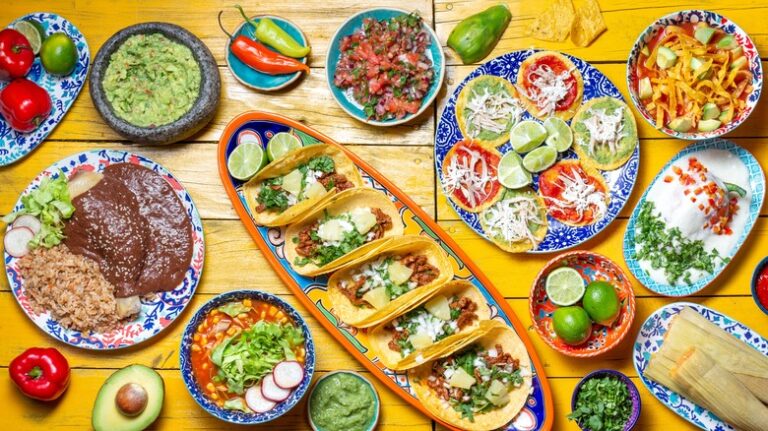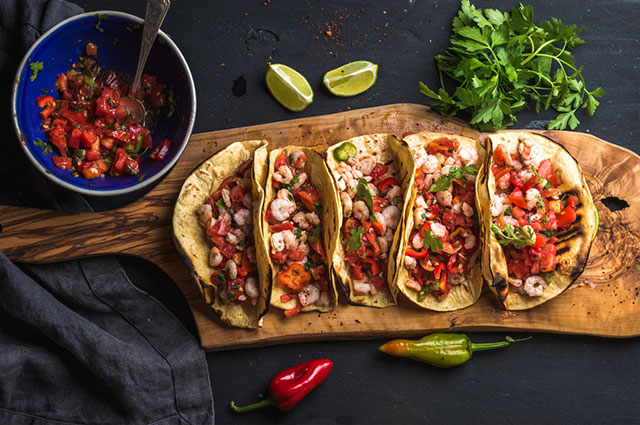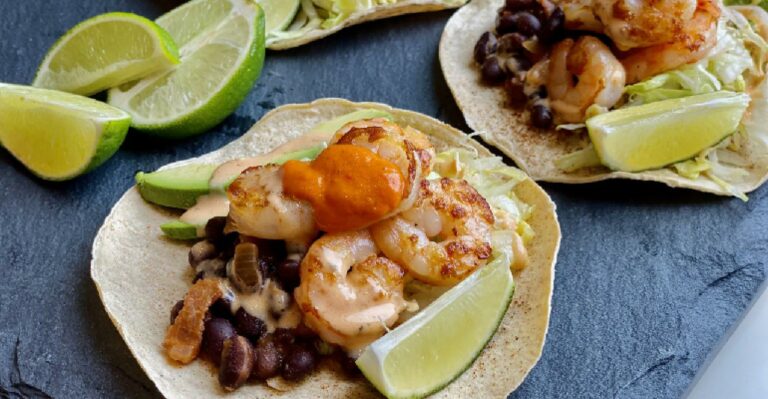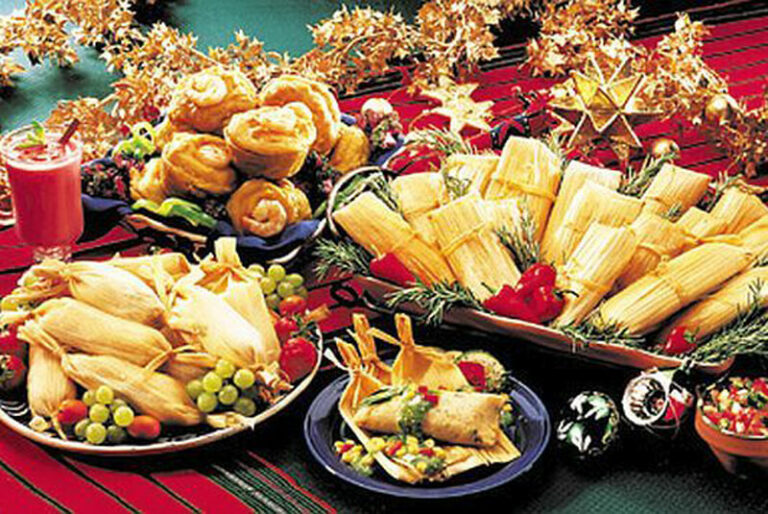Introduction: The Richness of Mexican Cuisine
Mexican cuisine is known for its rich flavors, vibrant colors, and diverse ingredients. It is a cuisine that has been shaped over centuries by the country’s indigenous cultures, Spanish colonization, and global influences. From spicy salsas and tangy ceviches to comforting chilis and hearty stews, Mexican cuisine offers a wide range of flavors and textures that appeal to every palate. If you’re interested in learning more about Mexican cuisine and cooking techniques, there are many resources available to help you explore this fascinating culinary tradition.
Mexican Cooking Techniques: A Cultural Heritage
Mexican cooking techniques are an integral part of the country’s cultural heritage. Many of these techniques, such as grinding spices with a molcajete (a stone mortar and pestle), roasting chilis over an open flame, and simmering stews in clay pots, have been used for centuries. These techniques not only give Mexican cuisine its distinctive flavors but also reflect the country’s deep-rooted traditions and customs. To truly understand Mexican cuisine, it’s important to learn about its cooking techniques and the cultural significance behind them.
Learning Mexican Cooking from Experts
One of the best ways to learn about Mexican cooking is from experts in the field. Many Mexican chefs and culinary experts have dedicated their careers to preserving and promoting the country’s cuisine. By attending cooking classes or workshops taught by these experts, you can learn firsthand about traditional Mexican ingredients, techniques, and recipes. You can also gain insight into the cultural and historical context of Mexican cuisine, giving you a deeper appreciation of this rich culinary tradition.
Mexican Cooking Classes: Where to Find Them
Mexican cooking classes are widely available in most major cities. You can find them at cooking schools, community centers, and even online. Some classes may focus on a specific dish or ingredient, while others may provide a broader overview of Mexican cuisine and cooking techniques. Look for classes taught by experienced Mexican chefs or culinary experts who can provide authentic instruction and guidance.
Exploring Mexican Cuisine Online
The internet is a treasure trove of information on Mexican cuisine. You can find countless blogs, websites, and YouTube channels dedicated to the subject. By exploring these resources, you can learn about different Mexican dishes, cooking techniques, and cultural traditions. You can also find recipes and cooking tips that you can try at home. Just be sure to stick to reputable sources that provide accurate information and authentic recipes.
Conclusion: Embracing the Flavors of Mexico
Mexican cuisine is a vibrant and diverse culinary tradition that is worth exploring. By learning about its cooking techniques, ingredients, and cultural heritage, you can gain a deeper appreciation for this rich cuisine. Whether you attend cooking classes, seek out expert instruction, or explore Mexican cuisine online, there are many resources available to help you embrace the flavors of Mexico and expand your culinary horizons.






